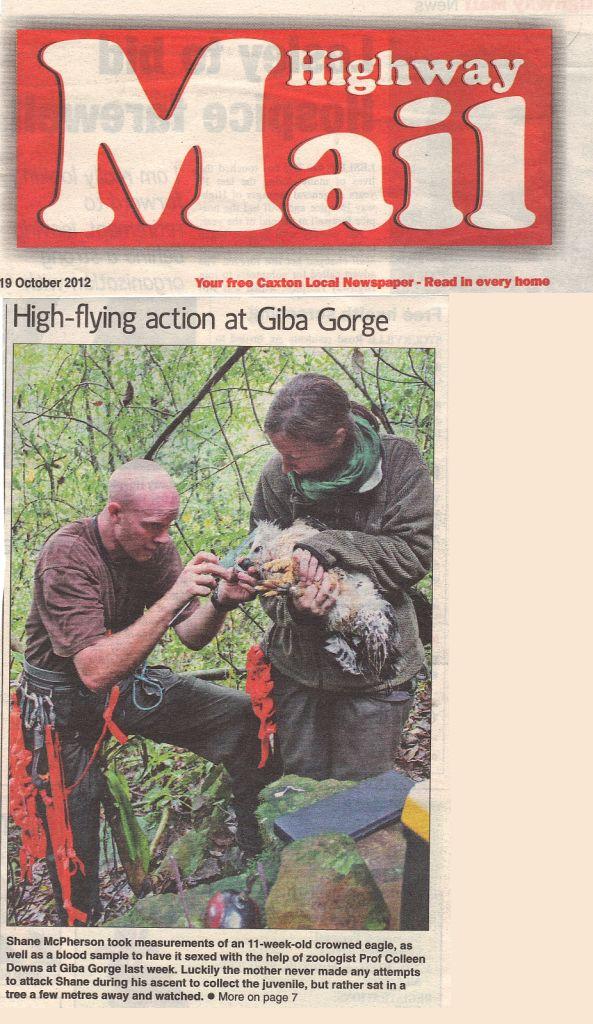 |
| The University of KwaZulu-Natal delegates |
From 14-21 October the 13th Pan-African Ornithological Congress was held in Arusha, Tanzania.
As a technician, my task was to load all the presentations so that each would flow smoothly onto the next. There were two plenary speakers each day, and then an array of shorter, 10 minute talks spread between the two halls. Besides multiple power cuts and tripped fuses, it all seemed to flow pretty smoothly.
Tuesday afternoon was a particularly rough time, as I was one of the first to come down with an intense 24 hour bout of gastro. Initially I thought this was because, first thing arriving at our hostel on Sunday, I downed two glasses of tap water, and then for good measure found myself some nyama choma for morning tea. What better way to start the day than to fill up on unidentifiable bits of braised meat and offal. The dead flies on our table were maybe an ominous caution.
 |
| Me and Rasta-Bobbie debating which will be the best bits |
But this can’t be the whole story - in the following days about one third of the conference attendees got struck down as well.
Thankfully, by Wednesday morning my stomach was settled enough to enjoy our excursion. Our UKZN team got together and headed off to Tarangaire National Park. Luckily we were all together as Lindy, Rin, and Amy were feeling delicate with the lurg as well. The landscape was very dry and begging for the short rains to come, the shallow river running through the valley condensed the game. Among the wildebeest, waterbuck, zebra and elephants, flocks of sandpipers zipping back and forth attracted the attention of a Grey Kestrel. A few East African endemic birds were added to the list including Ashy Starling and the vivid Red and Yellow Barbet.
Back to the conference and Friday was the day for raptors. The day opened with Rob Davies introducing the African Raptor Databank, a continent-wide mapping and monitoring database. The following morning sessions highlighted the plight of vultures across Africa. Robin Whytock presented an investigation into the bushmeat trade in Cameroon. Going beyond the quantification of market meat on sale, the team looking at the remains left at hunting camps. Essentially, that the hunters carry in carbohydrates and to supplement with protein they eat a large portion of birds at their hunting camps. Most of the mammal meat is then taken to the market for sale. Large birds, particularly hornbills, Palm-nut vultures and Crowned Eagles must be severely impacted by these activities.
Later in the day, I moved into the parallel hall. The session was primarily on owls. Midway through the session Munir Virani presented work on Pemba Scops Owls, and bless him, added a slide of me sleeping on the concrete floor of the Manta Reef lodge. Laid out on the job again – a reminder of the two week long bout of gastro that made the Pemba Island Scops Owl trip such a memorable experience! The last slot of the day in the owl session had not been filled by a scheduled speaker, and so I had an opportunity to introduce the urban Crowned Eagle research. With it being such early days still in the research there was little by way of results – but describing the number of pairs already known, and a few interesting nest camera slides was a nice touch. Hopefully this project will have some enlightening results to present at the next conference.
PAOC14, Senegal, 2016
 |
| Mount Meru |
 |
| The peak of Mt Kilimanjaro at sunrise. 22 October. |



























